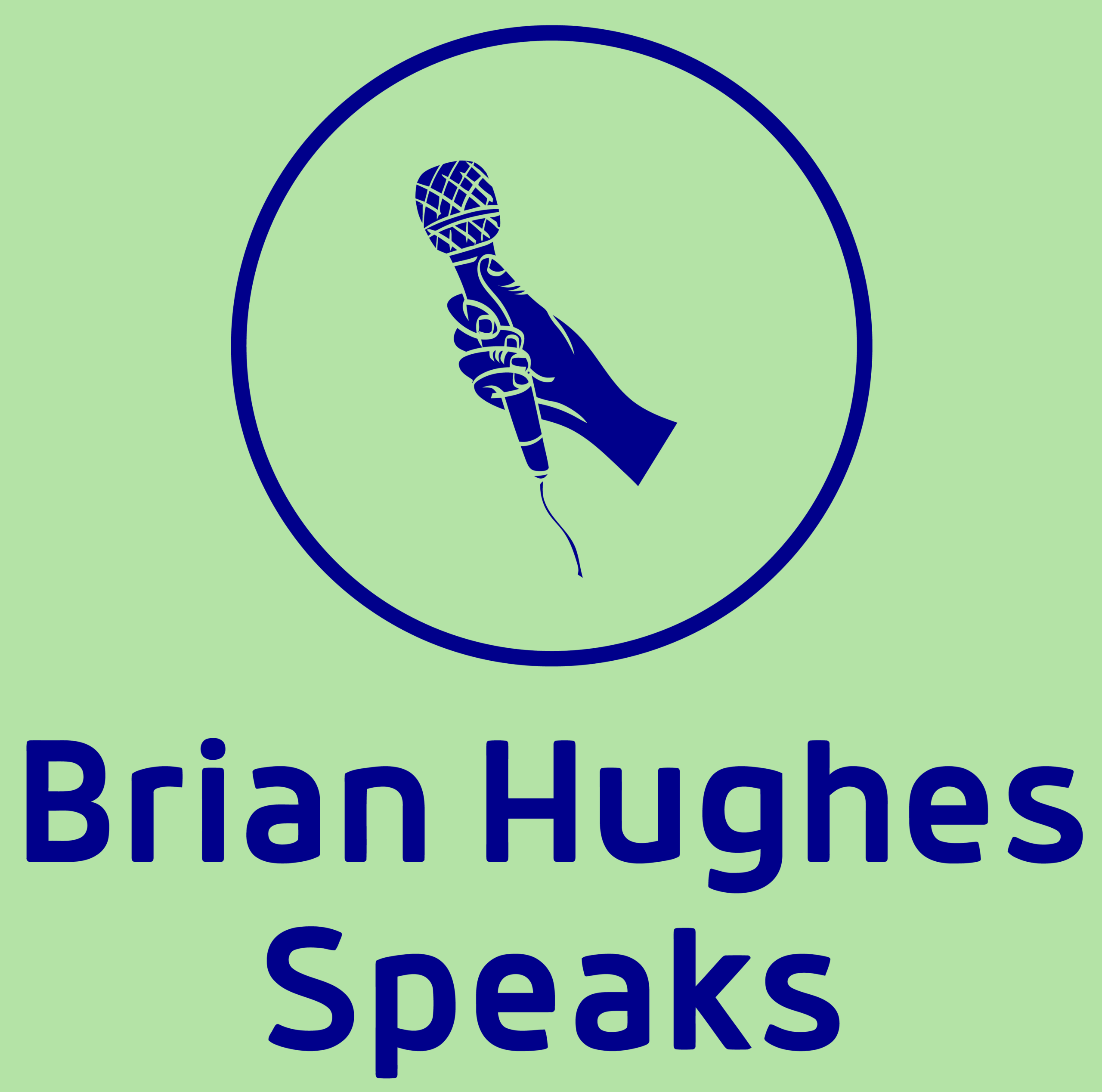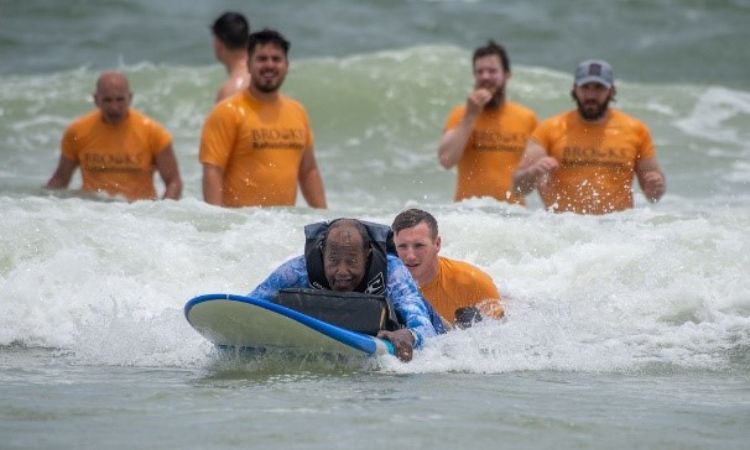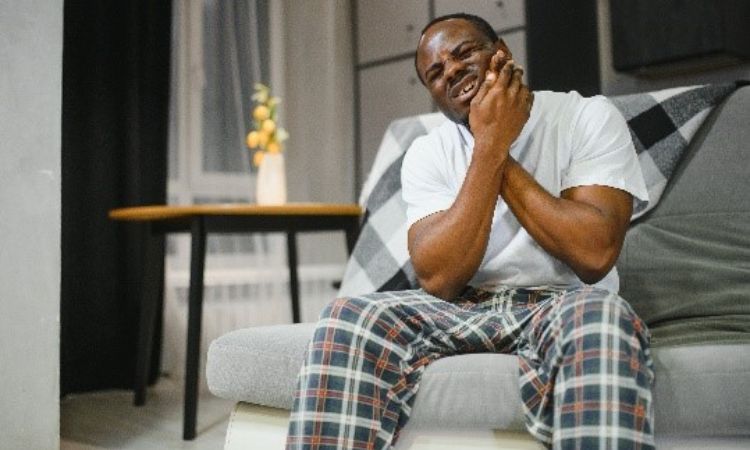As Black Americans continue to face health disparities, it is crucial to promote regular exercise and physical fitness as a means of preventing disease, disability, and premature death.
Lower-income Black Americans may face several barriers that make regular exercise difficult, despite the well-known health benefits. Structural issues like limited access to safe and affordable recreational spaces, over-policing in their neighborhoods, and a lack of time due to multiple jobs or caregiving responsibilities can all contribute. Chronic stress from systemic racism and economic hardship can also reduce motivation and energy for physical activity. Additionally, cultural factors and limited representation in mainstream fitness spaces may lead to feelings of exclusion or discomfort, further discouraging participation in exercise routines.
Exercise Behavior Among Middle-Class and Affluent Black Americans
In 2021, roughly 47% of Black adults were considered middle class, and about 12% lived in upper-income households. This means that a combined 59% of Black adults were either in the middle class or in the upper-income tier. However, 45% of Black households were in either the middle or upper wealth tiers, with 55% in the lower wealth tier.
Physical activity is a cornerstone of health, yet disparities persist even among socioeconomically advantaged groups. Notably, middle-class and affluent Black Americans often engage in less exercise compared to their White counterparts. This phenomenon is influenced by a complex interplay of cultural, social, and environmental factors.

Cultural and Social Influences
Cultural perceptions and social norms play a pivotal role in shaping exercise behaviors:
- Family History of Exercise and Physical Activity: Including parental and grandparental influences, can significantly impact the exercise habits and overall health of Black American adults. Studies show that past eating habits and physical activity patterns within the family can shape current behavior, influencing both diet and physical activity levels. Cultural norms and values, passed down through generations, can also play a role in shaping health behaviors, potentially influencing both positively and negatively.
- Perceived Neighborhood Norms: The perception that “Black people don’t exercise in my neighborhood” can influence individual activity levels. Such perceptions may stem from historical and social contexts that have marginalized physical activity within certain communities. ScienceDirect+1ScienceDirect+1
- Gender Dynamics: Black women, in particular, face unique challenges. Studies have shown that only one-third of African American women meet national exercise guidelines, a rate lower than that of their White counterparts. Factors such as cultural beauty standards, hair maintenance concerns, and caregiving responsibilities can deter regular physical activity. sirc.asu.edu
Environmental and Structural Barriers
Despite higher income levels, environmental and structural barriers can impede exercise:ScienceDirect
- Access to Facilities: Affluent Black neighborhoods may still lack adequate recreational facilities or safe spaces for exercise, limiting opportunities for physical activity.
- Discrimination and Safety Concerns: Experiences or fears of racial discrimination in certain fitness environments can discourage participation. Additionally, safety concerns in some neighborhoods may limit outdoor physical activities.
Health Implications
These disparities have significant health consequences:
- Chronic Diseases: Lower physical activity levels contribute to higher rates of obesity, hypertension, diabetes, diabetes-cause disability, kidney disease and cardiovascular disease among Black Americans, regardless of socioeconomic status.

Addressing the Disparities
To promote equitable physical activity levels:
- Culturally Relevant Programs: Developing fitness programs that resonate culturally can enhance engagement within the Black community.
- Policy Advocacy: Advocating for equitable distribution of recreational resources ensures all communities have access to safe exercise environments.
- Black Individuals and Communities Commitment to Healthy Lifestyle Changes: A commitment to healthy lifestyle changes, including regular exercise, is vital for Black individuals and communities as it empowers long-term well-being, addresses health disparities, and fosters resilience across generations.
Key Takeaways
Exercise disparities among middle-class and affluent Black Americans result from a confluence of cultural perceptions, environmental barriers, and social norms. Addressing these requires culturally sensitive interventions and systemic changes to promote equitable health outcomes.
Your family history is powerful—and so is your ability to shape a new legacy. Research shows that the exercise habits of parents and grandparents deeply influence how we move our bodies today. For Black Americans, this means that cultural values and traditions—whether rooted in strength, survival, or celebration—carry the potential to both uplift and challenge our health habits. But here’s the good news: no matter what your family history looks like, you have the power to create change. By choosing to move more, you’re not just investing in your own health—you’re modeling vitality, resilience, and joy for the next generation. Every step, stretch, or stride is a way of honoring where you come from and paving the way toward a healthier future
Trusted Resources
Brian Hughes Speaks: THE THREE R’S OF HEALTHY LIFESTYLE CHANGES: A GUIDE FOR LASTING WELL-BEING® www.brianhughesspeaks.com
Pew Research Center: Wealth gaps across racial and ethnic groups https://www.pewresearch.org/2023/12/04/wealth-gaps-across-racial-and-ethnic-groups/
Walden University: Factors That Influence Physical Activity Among African American Mothers at Recreation Centers https://scholarworks.waldenu.edu/cgi/viewcontent.cgi?article=8111&context=dissertations
Science Direct: Black people don’t exercise in my neighborhood: Perceived racial composition and leisure-time physical activity among middle class blacks and whites https://www.sciencedirect.com/science/article/abs/pii/S0049089X17302764?utm_source=chatgpt.com
Arizona State: Recognizing Barriers to Exercise among African American Women https://sirc.asu.edu/sites/default/files/sirc_research_in_action_exercise_among_africanamerican_women.pdf?utm_source=chatgpt.com
Science Direct: Cardiorespiratory fitness and physical activity in the lens of social justice – Reporting on the disparities that exist https://www.sciencedirect.com/science/article/abs/pii/S0033062024000252?utm_source=chatgpt.com
The Observer: The Importance of Physical Fitness in the Black Community https://sacobserver.com/2024/05/the-importance-of-physical-fitness-in-the-black-community/
The Wound Docs: Promoting Physical Exercise and Mobility in African American Communities https://www.thewounddocs.com/post/promoting-physical-exercise-and-mobility-in-african-american-communities#:~:text=The%20low%20rate%20of%20physical,type%202%20diabetes%2C%20and%20cancer.




